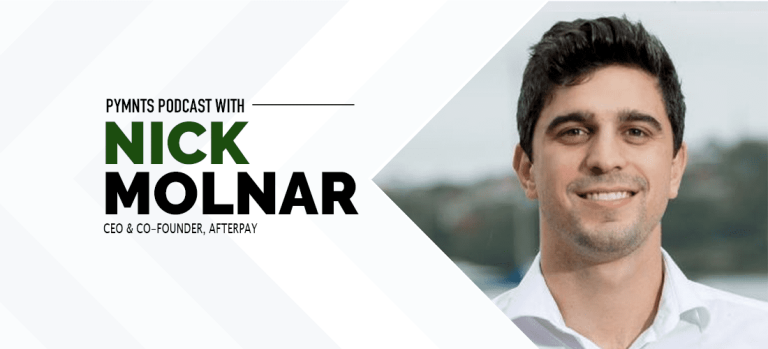
The last year or so has not exactly been high times for the fashion industry.
Homebound consumers have little need of haute-couture, and while it is not quite fair to say that everyone has lost all sense of style in the last year or so — there are some people keeping it stylish for their pets, after all — the vast majority have decamped to casual wear all day every day and learned to live perfectly contentedly without the squeeze of pants with an actual button on them or the pinch of any shoe tighter than a slipper.
But the sartorial dark ages, it seems, are finally coming to an end. Fashion Week is coming back to New York this fall. It will be the real deal, like fashion weeks of yesteryear, with runway shows, reporters, fashionistas and celebrities physically gathering in New York in September to once again give the world an idea of what’s in, what’s out and how to dress in order to leave the couch.
But this year’s New York Fashion Week (NYFW) will be different than any that have come before it in one way: its sponsor, buy now, pay later (BNPL) giant Afterpay. The firm announced earlier this week that it will serve as the presenting sponsor of NYFW.
Talking to Karen Webster shortly after the news went live, Afterpay Co-Founder and Co-CEO Nick Molnar noted the firms’ tremendous excitement to be jumping into the event, if for no other reason than it offers Afterpay a chance to give back to the industry in which it first found a foothold for pushing its BNPL platform forward.
“The fashion industry was the industry from Day One that supported us,” Molnar said. “So, deep within our DNA, there is the fashion industry. And so, to work with New York Fashion Week is such a privilege, and there’s so much synergy between the relationship of how we can bring our consumers into the show and make this as successful as possible.”
And Afterpay believes bringing BNPL to the party will in fact have a big and very positive effect, Molnar said. What it hopes to bring is an opportunity for all of the “incredible brands” appearing at NYFW to bring their designs directly to consumers all over the world and actually sell them those designs directly during the event itself, something heretofore unavailable to most NYFW consumers in the audience.
In the past, Molnar and Webster agreed, one of the main frustrations of watching NYFW shows unfold was the consumer who was watching could see things they absolutely wanted to buy right then. But unless the consumer also happened to be a corporate buyer, what was visible on the runway wasn’t for sale — and wouldn’t be in stores for several months at a bare minimum.
That changes this year, Molnar explained, will come with a new feature: a “see now, buy now” show during which consumers watching at home will purchase merchandise directly from the runway and “pay for them over time using their own money.”
“The benefit of buy now, pay later is access to this next-generation consumer,” Molnar said. “We can’t wait to blend these together when New York Fashion Week takes hold. We think by now being present at these fashion shows, we can bring the broader community and consumer into the fold and create a great opportunity where consumers can see a really strong brand and shop at that moment in time. It’s going to bring the best of American fashion to a wider group of consumers.”
And in so doing perhaps start changing fashion for the better as Afterpay’s program makes it easier for designers and brands to learn more about their consumers and then leverage that data to help inform and perfect their designs. The world of fashion, Molnar noted, is, was and always will be the place where two different concepts meet to inform each other as they are blended: culture creation and consumerism.
The next wave paradigm, and the one Afterpay hopes to support as it moves forward, will be about data — and what brands and designers can do with it once they have more of it in their hands. Molnar noted that there will be “a whole lot of gems of information that come out that we didn’t possibly anticipate” that will likely change the shape and nature of the game forever going forward. He said he believes brands are getting better than they’ve ever been at blending culture creation and consumerism as they learn to use technology to see more about their consumers and what they desire and find ways to build that insight into design decisions.
And NYFW, as big as it is, is still just a small part of the Afterpay ambition, Molnar said. The company works constantly to expand the verticals where it plays — homewares, jewelry, sporting goods, pet supplies — to bring the next-generation consumer into the BNPL fold and shopping across verticals with a whole new toolbox to guide them through the experience.
But given how big fashion has been for BNPL, and Afterpay in specific, he noted, the team can’t wait for September to start, and to begin rolling out all the surprises it still has in store.
“We see New York Fashion Week as a really important way to revitalize retail fashion and ultimately the New York economy, but it’s definitely just the beginning for us.”